31+ Standard Tenancy Agreement
-
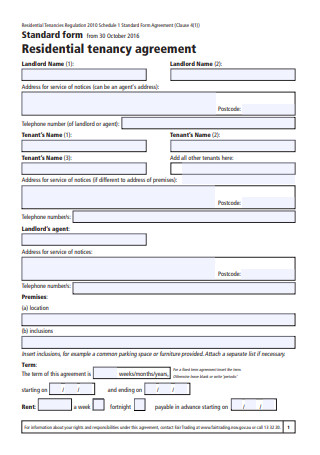
Residential Tenancy Agreement Form
download now -
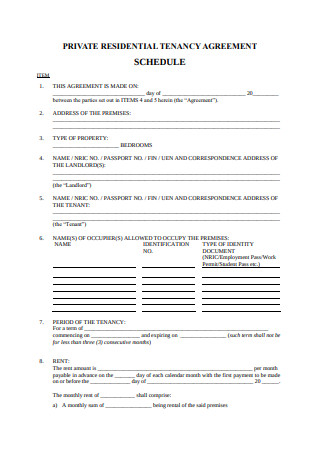
Private Residential Tenancy Agreement
download now -
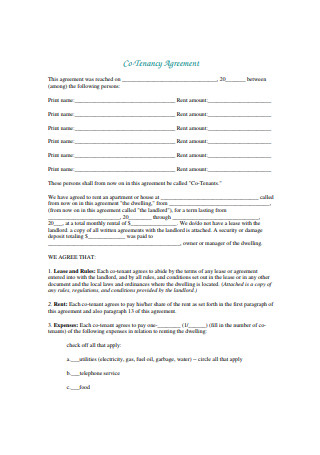
Co-Tenancy Agreement
download now -

Residential Tenancy Agreement
download now -
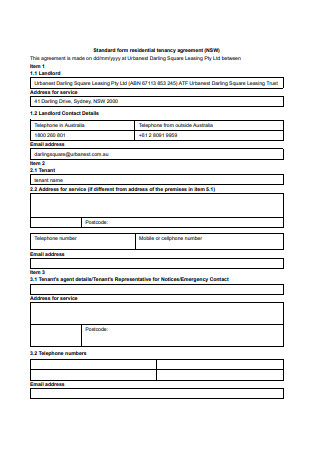
Standard Residential Tenancy Agreement
download now -
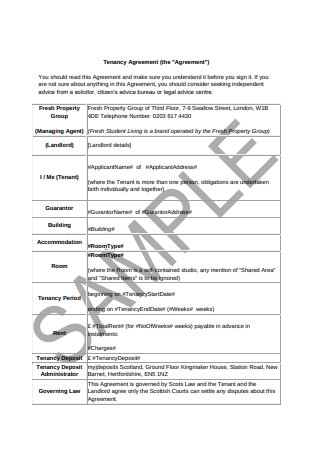
Tenancy Agreement
download now -
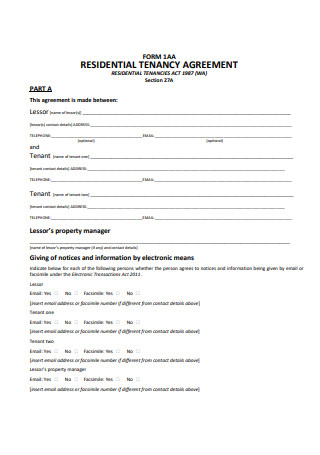
Sample Residential Tenancy Agreement Form
download now -
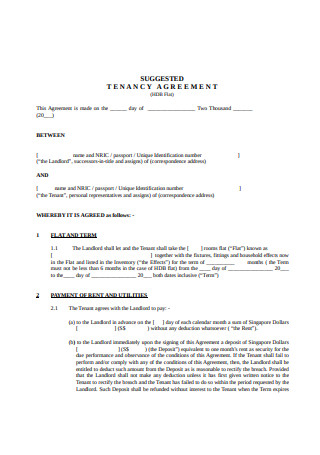
Model Tenancy Agreement
download now -
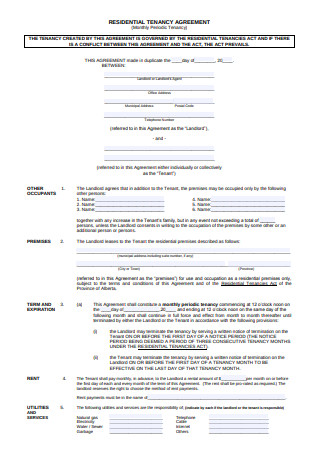
Residential Tenancy Agreement Example
download now -
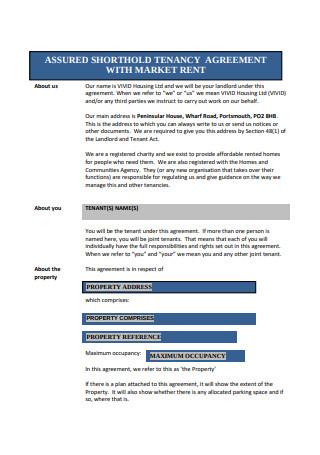
Assured Shorthold Tenancy Agreement
download now -
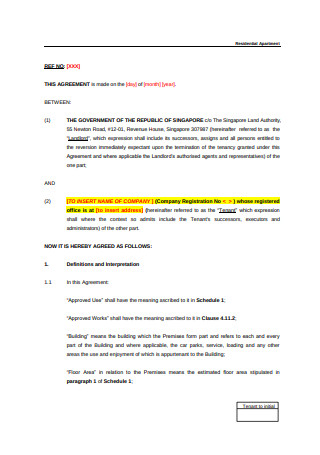
Tenancy Agreement Format
download now -

Co-Tenancy Agreement Format
download now -
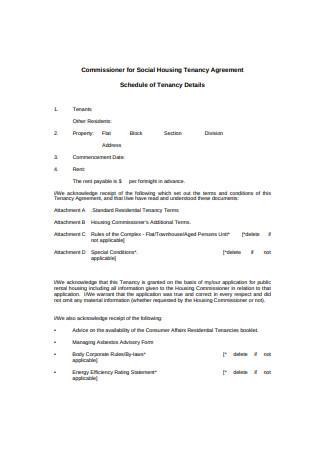
Tenancy Agreement Example
download now -
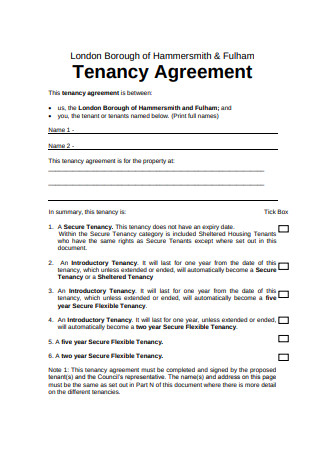
Tenancy Agreement Sample
download now -
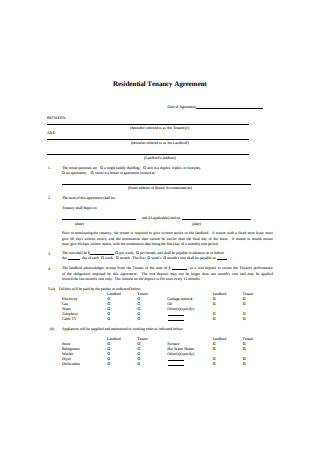
Basic Residential Tenancy Agreement
download now -
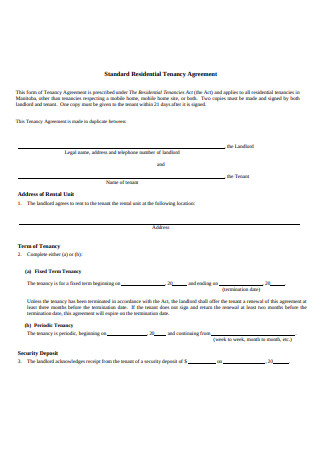
Standard Residential Tenancy Agreement Example
download now -
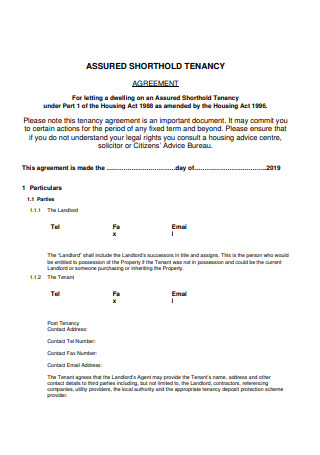
Assured Shorthold Tenancy Agreement Sample
download now -
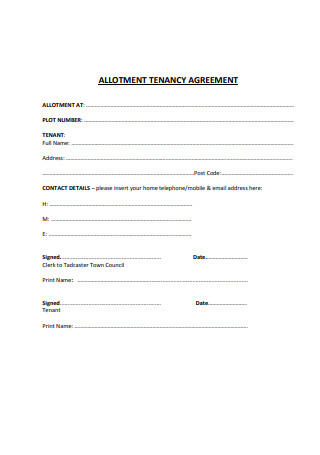
Allotment Tenancy Agreement
download now -
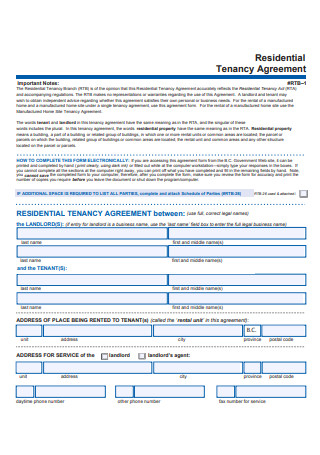
Basic Residential Tenancy Agreement Example
download now -
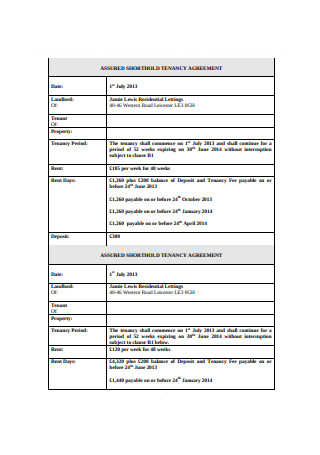
Sample Assured Shorthold Tenancy Agreement
download now -
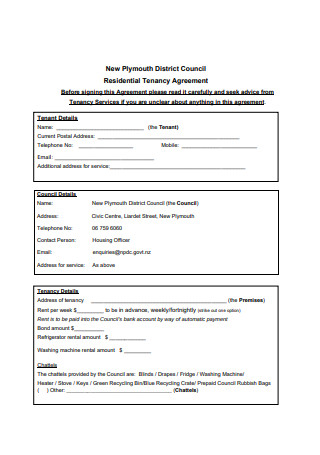
Simple Residential Tenancy Agreement
download now -

Sample Tenancy Agreement
download now -

Basic Tenancy Agreement
download now -
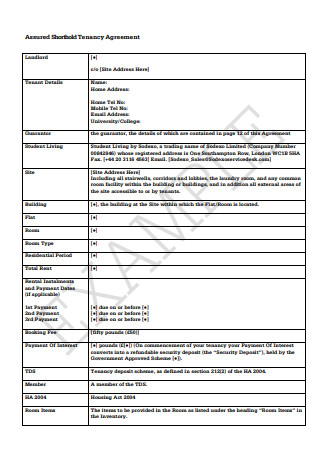
Assured Shorthold Tenancy Agreement Format
download now -
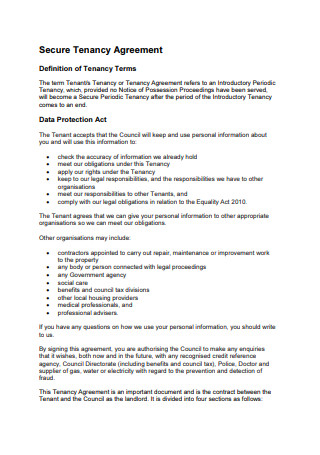
Standard Tenancy Agreement
download now -
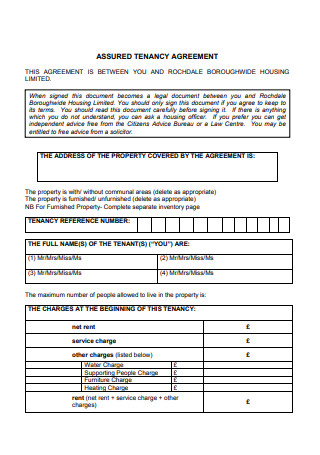
Assured Tenancy Agreement
download now -
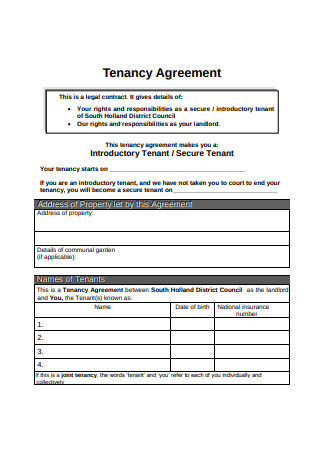
Simple Tenancy Agreement
download now -
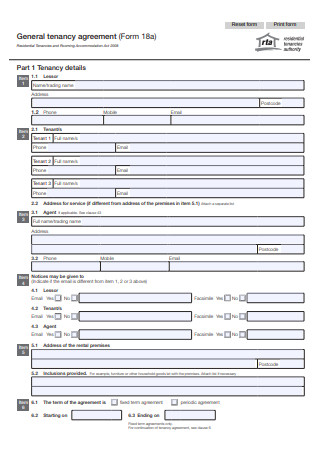
General Tenancy Agreement Form
download now -
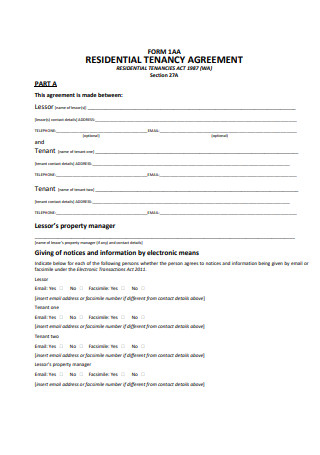
Basic Residential Tenancy Agreement Form
download now -
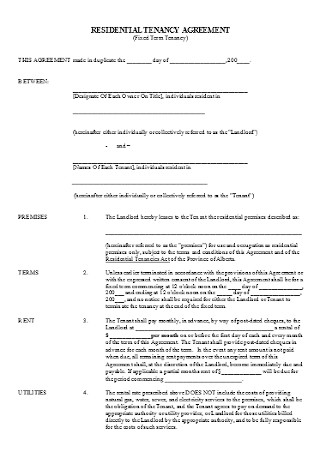
Residential Ternancy Agreement Template
download now -
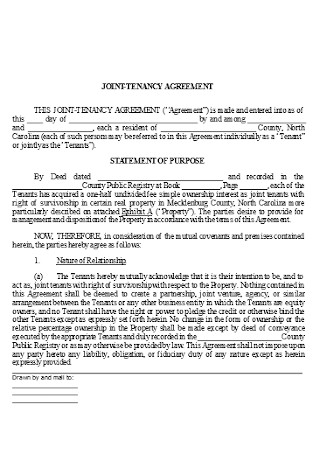
Joint Tenancy Agreement Template
download now -
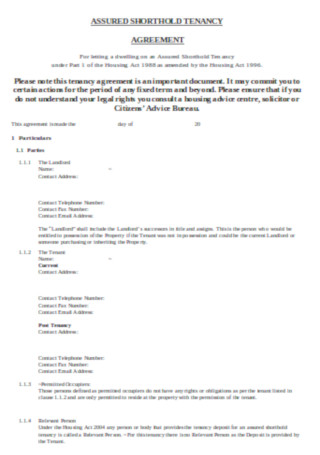
Short-hold Tenancy Agreement
download now -
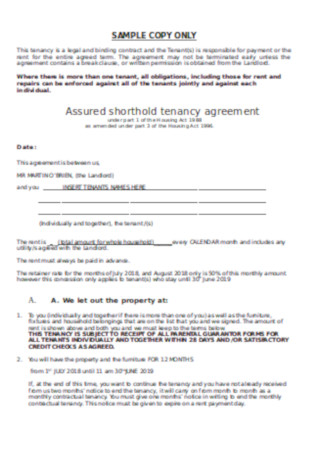
Assured Shorthold Tenancy Agreement
download now
What Is a Tenancy Agreement?
Before landlords grant their tenants access to a rental property, both parties need to come to terms with their rights and responsibilities. However, verbal agreements would not suffice since it does not guarantee the landlord and the tenant that the other party will adhere to the agreed-upon terms and conditions. For this reason, a written tenancy agreement is a must-have in the rental industry. It is a legally binding document that specifies the arrangement about the tenancy. And just like other types of contracts, a tenancy agreement establishes a clear relationship between the tenants and the landlord. Given that both parties have a full understanding of their obligations and the legal ramifications they will face when they fail to meet these, breaching the agreement won’t be an option. Thus, protecting the rights of both the tenant and the landlord.
Also called rental agreement or lease, a tenancy agreement includes several sections for it to fully serve its purpose. The legal document should cover several provisions such as names of the parties involved, duration of the tenancy, payment terms, repairs and maintenance, occupancy limits, policies, restrictions, and terms of renewal. Property owners must see to it that they clearly communicated these terms to the lessee to avoid unnecessary disputes and costly lawsuits.
Landlord Responsibilities: Hacks to Win Loyal Tenants
Last 2018, renters occupy about 43 million out of 138.45 million housing units in the United States. With the skyrocketing housing costs and mortgage rates that come with purchasing a home, more people opt to rent a residential unit instead of buying one. Travelers who are looking for a temporary place to stay during their getaway also influence the increasing demand for rental units in different corners of the world. Because of this, some entrepreneurs and homeowners rent out their properties to meet the market’s demands as well as generate sales. Being a part of this industry, though, does not stop with generating sales. Landlords need to make sure that the success of their business is long-term. To do so, they need to go the extra mile to retain their tenants. How? By doing their obligations as the property owner.
Although landlords own the rental property, they should not neglect the responsibilities they have to handle during the tenancy period. Listed below are the duties and responsibilities of a landlord who would help them keep the best tenants in town.
What are the Types of Tenants Landlords Have to Deal With?
Data from Statista revealed out of 41 000 respondents in the United States, 77.3% of them stated that non-payment of rent was the leading reason why tenants receive eviction threats from their landlords. Violation of the lease comes next, with only 9.5%. While 8.7% of tenants receive eviction threats because of making use of the property for other reasons aside from what is stated in the agreement. Taking this into account, it is evident that there are different types of renters landlords encounter as they run their business. Other than these rule-breakers, though, there are other kinds of people renting a home such as:
The Schoolgirls and Schoolboys
Students who are far away from home look for another place to stay for the time being. And they usually choose the places nearest to the campus. These renters are usually college students who are 17 to 24 years old. Moreover, most of them have part-time jobs as a source of income. The common problem of student renters, however, is that they may cause damages in the property. As young people, they may be unnecessarily noisy and boisterous at times.
The Homeseekers
Renting a residential unit is the best option for families who are not yet ready to purchase a home. These types of tenants usually have children with them. Although these children may incur damages or draw on the walls, landlords should not refuse to rent to families with children.
The Wanderers
Travelers have also contributed to the increased revenue of the rental industry. These types of renters range from ages 24 to 35. As the name implies, these renters love to hop from one country to another, from city to city, or state to state. Singapore, California, Malaysia—name it, they’re willing to be in it. For these people, buying a home is a long-term commitment. They are not yet ready to take since settling in one place for a long time hasn’t occurred to them yet. That is why they prefer short-term than long-term tenancy periods.
The Ones that Got Away
Sometimes, some people leave us without a single trace. And all we can do is stare into nothingness, clueless of where they could be. But we’re not talking about love. We’re referring to the types of renters who move out of a rental unit before the end of the tenancy period without even notifying the landlord. These types of renters leave the landlords confused about what they should do, especially when they fail to contact the tenant. Sometimes, these people leave without paying the rent, and some wouldn’t even bother to take their belongings with them.
And the Ones Who Stay
In our lives, it’s nice to have someone who would stay when everyone else chooses to walk away. But like staying in a rental unit, you know this doesn’t come without a price. And for a landlord, having loyal tenants is a good thing, but having tenants who stay even after the termination or expiration of the lease is another story. These types of tenants are the ones who would still reside in the rental property but have already stopped paying the rent.
How Can Landlords Draft an Effective Tenancy Agreement?
A tenancy agreement follows no identical structure. Each is specifically tailored to meet the needs of every landlord and tenant. However, its purpose remains the same—to lay out the rights and responsibilities of both the landlord and the tenant. Thus, it should cover the standard provisions. In this section, we have outlined a step-by-step guide to help you draft a tenancy agreement for your business.
Step 1: Remember Your First Responsibility as the Landlord
As mentioned beforehand, the number one responsibility of the landlord is to comply with the laws. That is why, before you start writing the tenancy agreement, make sure to read about the landlord-tenant laws in your country and/or state. Doing so will protect you from lawsuits, litigations, and disputes with the tenants. Aside from that, it also helps you protect your business from failing since you have a clear understanding of what you should and should not do.
Step 2: Name the Parties Involved
After reading the laws you should adhere to, you are now fully aware of what you can include in your tenancy agreement. Also, you can now set the rules and regulations without violating the law. Therefore, you can already start writing your document. The first section of the agreement should specify the names of the parties involved: the landlord and the tenants. Aside from the main tenant, it is also important to include the names of other people who will occupy the property. This way, they can be held accountable for their actions if they fail to follow the rules.
Step 3: Write the Clauses
A tenancy agreement should cover various clauses for it to be enforceable and effective. After specifying the parties involved and writing the recitals, the next step is to write the crucial stipulations of the tenancy agreement. The standard provisions are as follows: length of tenancy, amount of rent, available payment methods, additional fees, repairs and maintenance, occupancy limits, policies, and terms of termination and renewal. In writing the clauses, make sure to use plain language as much as possible. This is to ensure that the tenants can easily and fully understand the content of the document.
Step 4: Mind the Format
Aside from the content of the agreement, one thing you should look into when creating a formal document is its overall presentation. Therefore, see to it that the text written in the document is easy to read in both screens and papers. Make use of a standard business font and legible font size. Also, remember that a tenancy agreement includes several sections that discuss different terms and conditions about the rental. For this reason, you must separate these clauses from each other for it to make sense. Do so by labeling each specific clause.
Step 5: Consult a Real Estate Lawyer
If you want to make sure that the agreement you made is industry-compliant, it would be best to consult a real estate lawyer and have your document reviewed. You can also ask these professionals for advice regarding the legal aspects of running a rental business. After having accomplished the steps mentioned, the next thing you have to do is to give your tenants a copy of the agreement, discuss the arrangement with them, and sign the document.
Managing a rental business is not just a walk in the park. One needs to have a full understanding of various business processes and must be ready to face the challenges that come with running the business. After knowing about the things you have to deal with—which includes writing a tenancy agreement—do you think you have what it takes to be a landlord? If so, start drafting your tenancy agreement and prepare yourself for the responsibilities you have to handle as a landlord.
